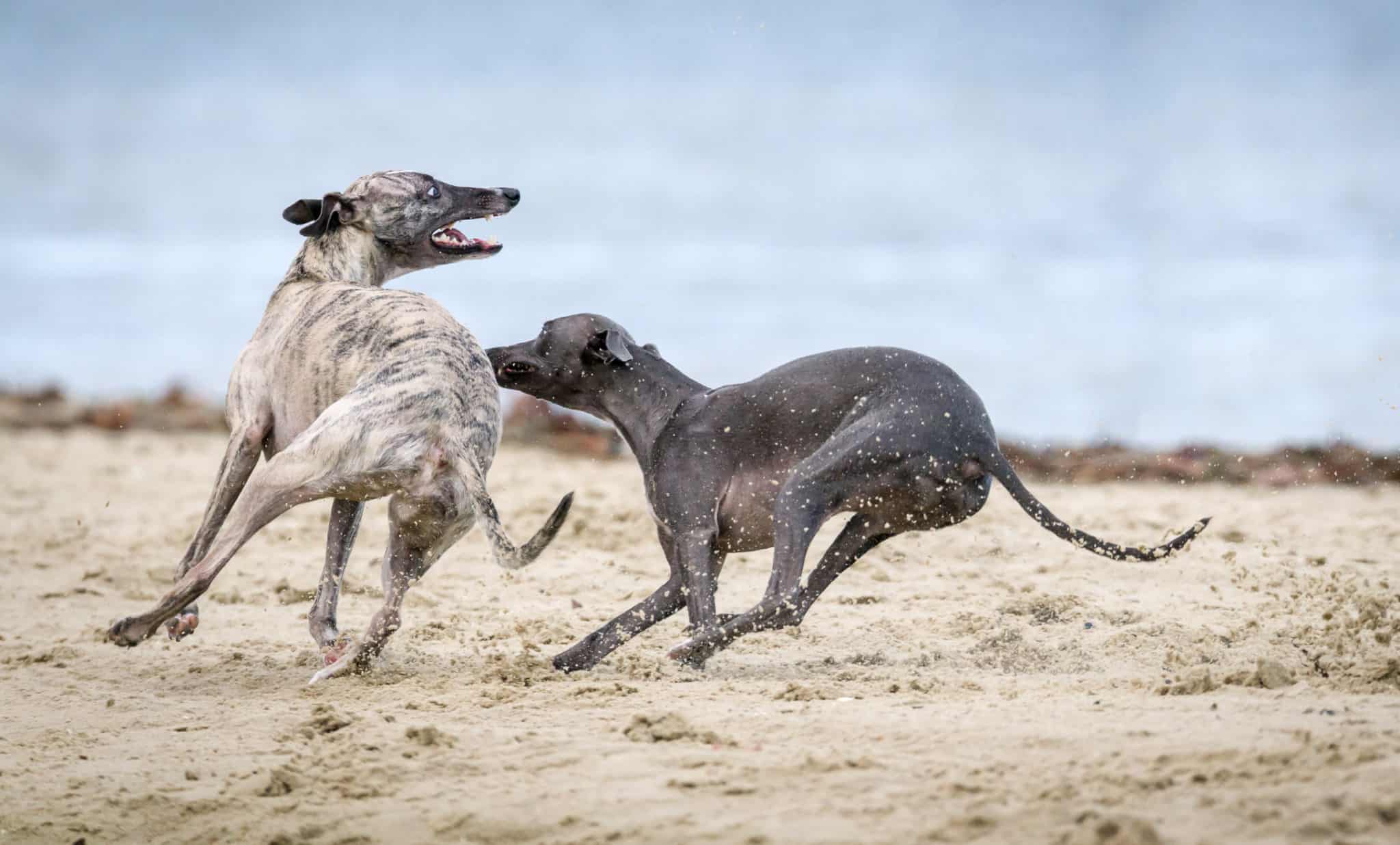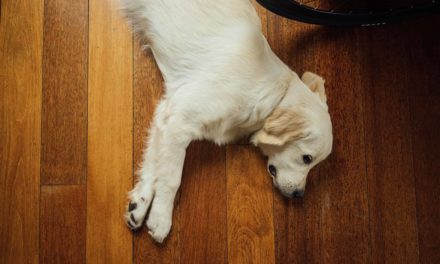You have a dog and you’re thinking of getting a second dog or you want to get two puppies at the same time. Getting a second dog can be double joy or double trouble. Sibling rivalry aggression or other behavioural problems may arise when a second dog joins your household. Then it’s not fun for anyone!
Even if you are an experienced pet parent, you should be aware of these common mistakes to avoid when getting a second dog.
Avoid these mistakes when getting a second dog
1: Getting a second dog that is the same sex and same breed as the first dog
Research has shown that inter-dog aggression in a household is much more likely with littermates, particularly of the same sex. If you already have a male dog, consider getting a second dog that is female and vice versa.
Most owners feel they should get the same breed as the first dog but this is often not the best option. Two dogs of a working breed will require a lot of work, especially in the training phase, and will have the same “hard wired” behaviours. Consider a hound such as Greyhound as your second dog, which may be more complementary.

Getting a second dog. Photo: Yuki/unsplash
2: The second dog arrives before the first dog is properly trained and socialised
A good time to get a second dog is when the first dog is well socialised and properly trained in manners and household etiquette. This allows you as the owner to devote more time to the new dog.
3: The second dog doesn’t need training, it will learn manners from the first dog
Your second dog will still need dog training! Take your new dog separately to training classes that uses positive reinforcement techniques to teach your dog good manners and how to walk on a loose lead. Walk the dogs separately before taking them out together.
4: The new pup doesn’t experience home alone
It is very common to find the first dog is well socialised but the younger dog cannot function without its friend. The second dog needs to experience independence and learn home alone gradually. Owners do not realise just how dependent the new pup is until they need to leave the younger dog alone or take it out without the “backup” of the older dog.
Once the new dog has settled in, to avoid ‘second dog syndrome’ take the second dog out alone for a walk and leave it at home by itself at every opportunity.
5: The new pup or adult dog is not gradually introduced to your first dog
Animal Behaviourist Dr Joanne Righetti, Pet Problem Solved says the biggest mistake people make is expecting pets to get along quickly. Friendships take time! It can take several weeks with gradual supervised interactions on leads (you will need two people) before you progress to supervised interaction off lead and finally being left on their own together without hurting each other. The key is to keep the dogs separate unless you can supervise.
If you introduce a puppy the process will be longer and the older dog must have time alone. Veterinary Behaviourist Dr Gaille Perry recommends using baby gates, and/or crates. Crates and playpens can allow the owner to create a routine which includes sleep times for a new pup and can also be used to protect the older dog from an overenthusiastic devotee!
More on how to introduce a new puppy or adult dog to your dog in our Paw Perfect Introductions series with Dr Joanne Righetti.
Getting a second dog sources
Dr Gaille Perry, Delta Institute
Dr Joanne Righetti, Pet Problem Solved







